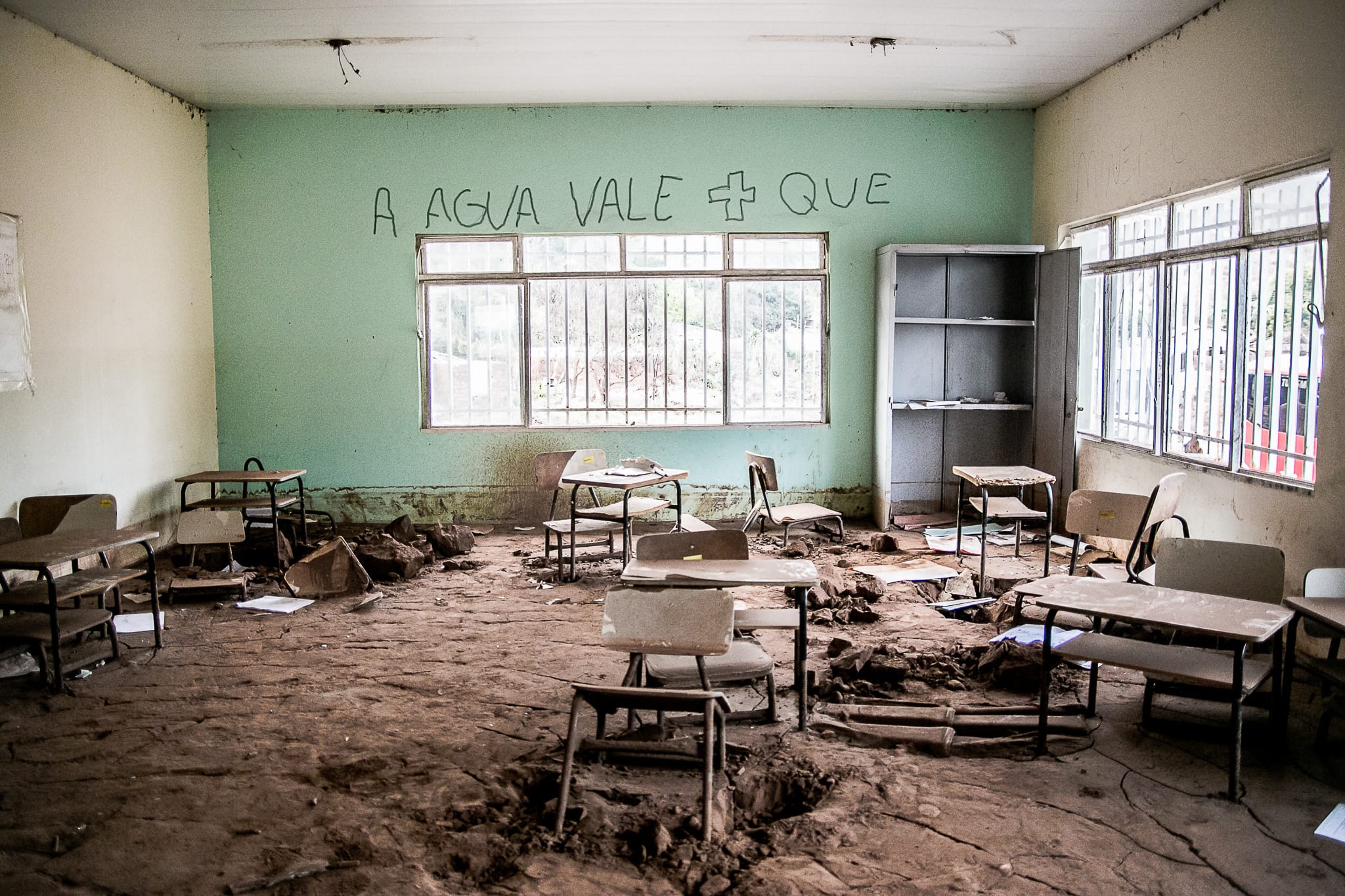
At the scene of an environmental crime
November 5, 2015, is remembered as the day of the worst environmental tragedy in Brazil. On that day, two dams of the Bento Rodriguez dams in Mariana, Minas Gerais, broke, releasing tons and tons of toxic waste from mining. The sludge contaminated the Doce river basin, flooded villages, carried away fields, houses, and people.
Photographer Ísis Medeiros had been accompanied the Movement of People Affected by Dams (MAB) for several years. The day after the tragedy, Ísis traveled with some acquaintances. From the moment she got into the car in Belo Horizonte, she started arguing with the other passengers. They told the official version: an earthquake had caused a fracture in the dam and finally, with the pressure of everything it was holding back, it broke.
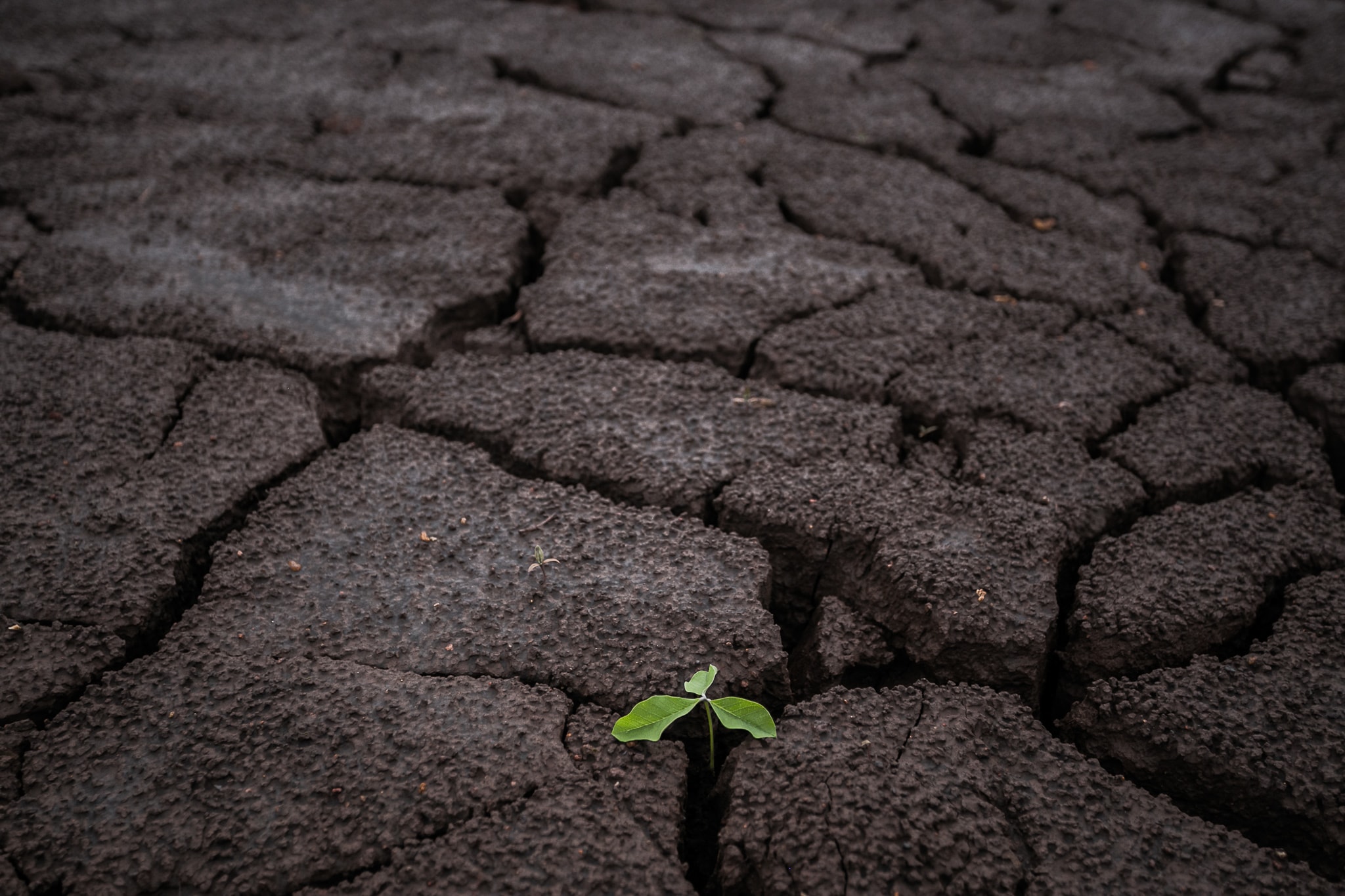
Ísis Medeiros
They forgot to say that given the geological characteristics of the region, there is no record of earthquakes there. That was the beginning. Ísis insists that it is important to use the correct names for things: in Mariana there was no catastrophe or natural disaster, there was an environmental crime. For the next 5 years, she traveled the region. From all that work, last year she published the book 15:30, the name corresponds to the exact time the mining company got the news of the fracture. It was 50 minutes before the dam broke. Despite the magnitude of the crime, no one has yet been charged with responsibility.
Isis founded, together with other photographers, the Minas Gerais chapter of the collective Fotógrafos pela Demôcracia.
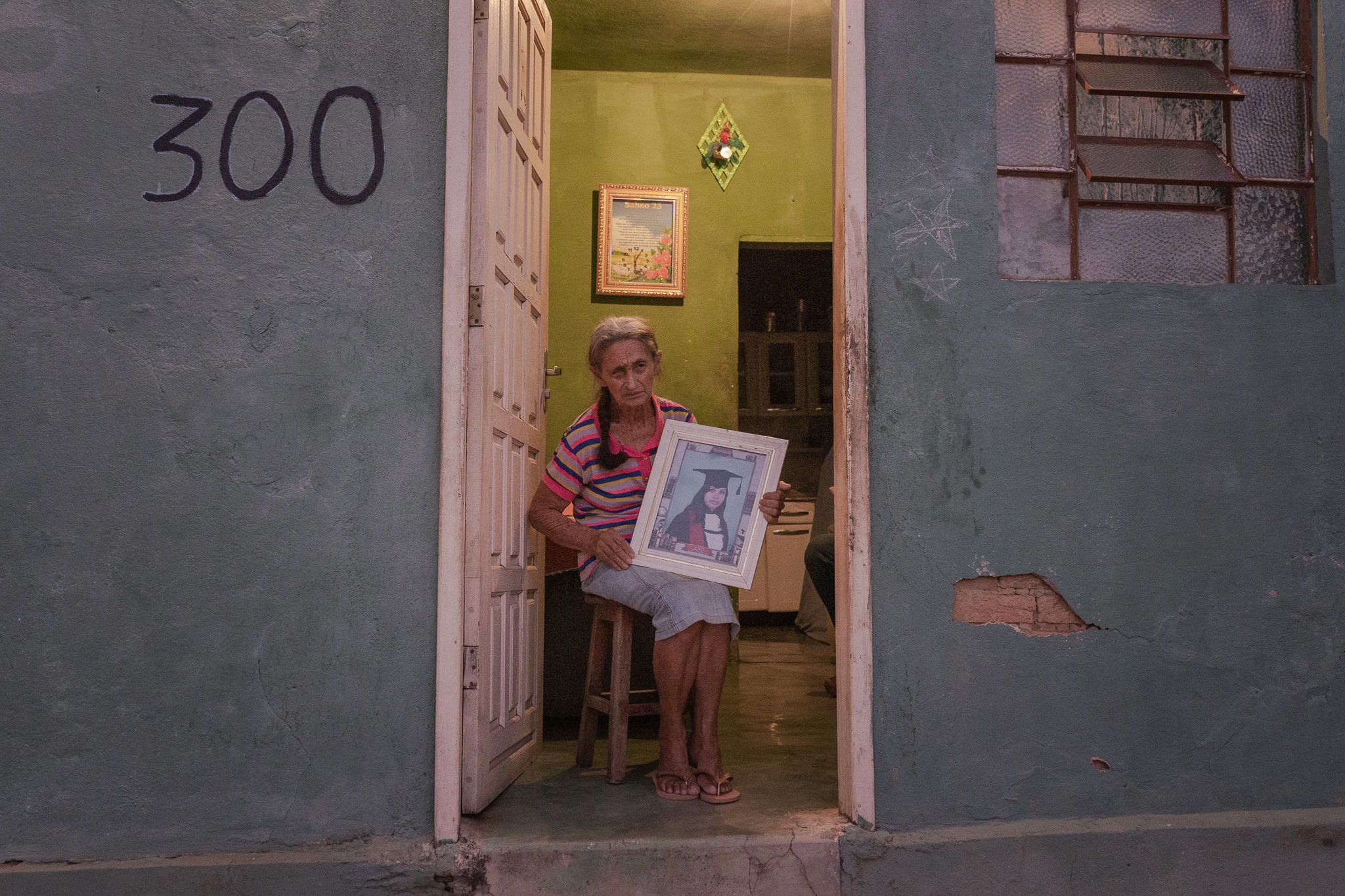
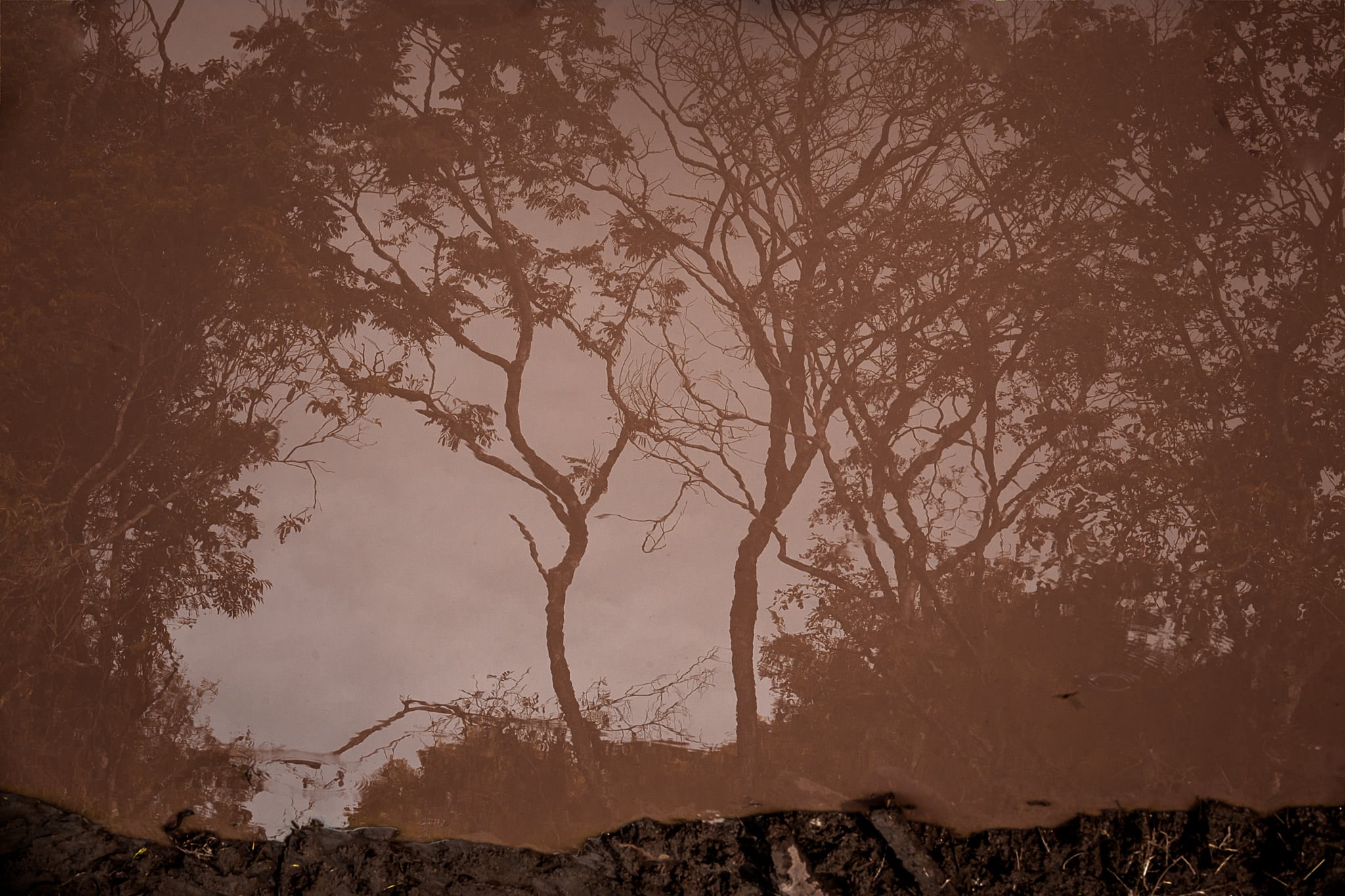
Ísis Medeiros
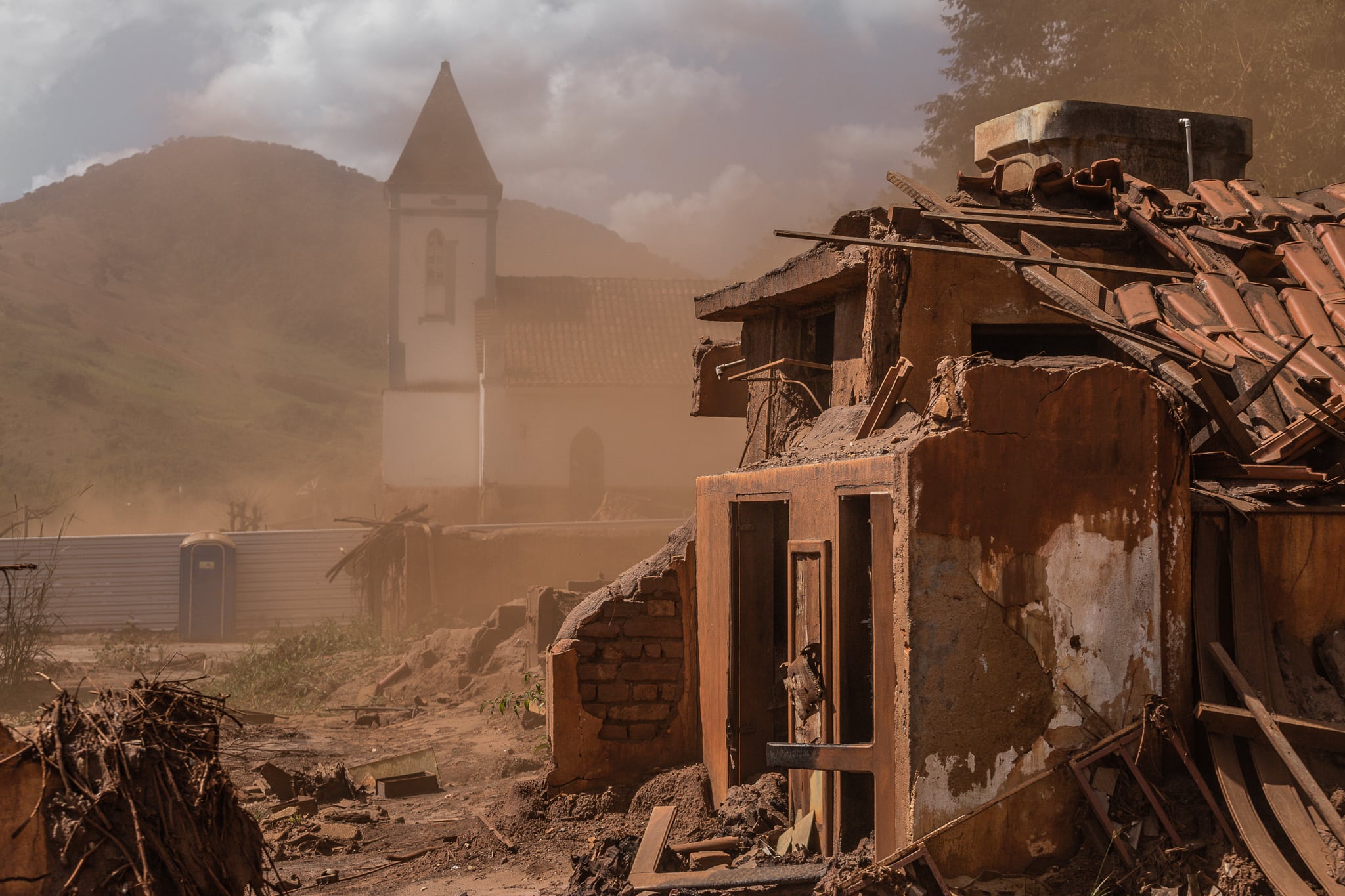
Why did you become interested in what was happening in Mariana?
In 2013 I started to get involved with social movements in Brazil. The first was the Levante popular de la Juventud, which starred in the 2013 protests. Then I met the Movimento dos Sem Terra (MST). With them, I started going to the streets and understanding their demands. In the midst of that, I met the Movement of People Affected by Dams (Movimento dos Atingidos por Barragens, MAB). At that time I did not understand anything about the mining issue in Brazil, but I listened and paid a lot of attention to what was being demanded.
Then the dam broke in Mariana in 2015. By that time I was already very active in the streets, taking photos for some alternative media, but mostly as a collaborator of the movements. When the dam broke I didn’t understand what that implied, I didn’t even know that I lived in one of the most important places for the world economy, where practically everything is turned to mining. In Mariana I understood that what I was doing had a name and it was photojournalism, there I started to deal with the national and international press.
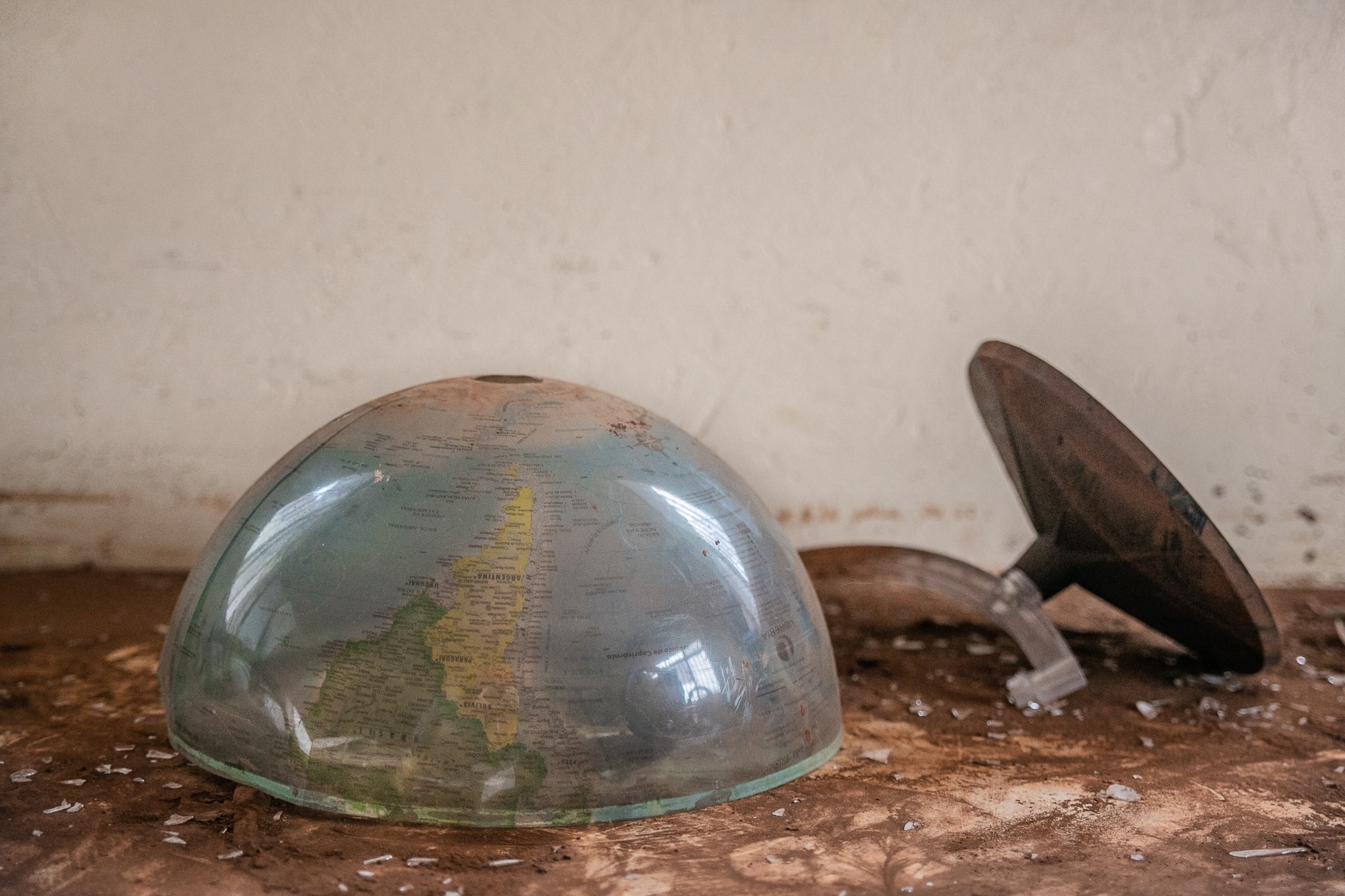
On other occasions, you have said that it is important to recognize that what happened in Mariana was not a natural disaster or a catastrophe, but an environmental crime.
When I went to Mariana, I traveled in a very improvised way in the car of some people who were also going there. I argued all the way because these people repeated without questioning the official version that the Samarco company put into circulation. According to that version, there was an earthquake that caused a fissure in the dam, and with all that is retained, it finally broke.
This explanation did not make sense. The Minas Gerais region does not have a geological condition that allows earthquakes. I was arguing all the way and I arrived very irritated, but I listened to all the people. I spoke with the victims, with MAB activists, with community leaders, with parents. Every time I heard them, the discourse that MAB has had since the first day made much more sense to me: this was a crime, not an accident, it was premeditated. They repeated something that had a great impact on me and they also carried signs with the phrases: stinking crime, premeditated crime.
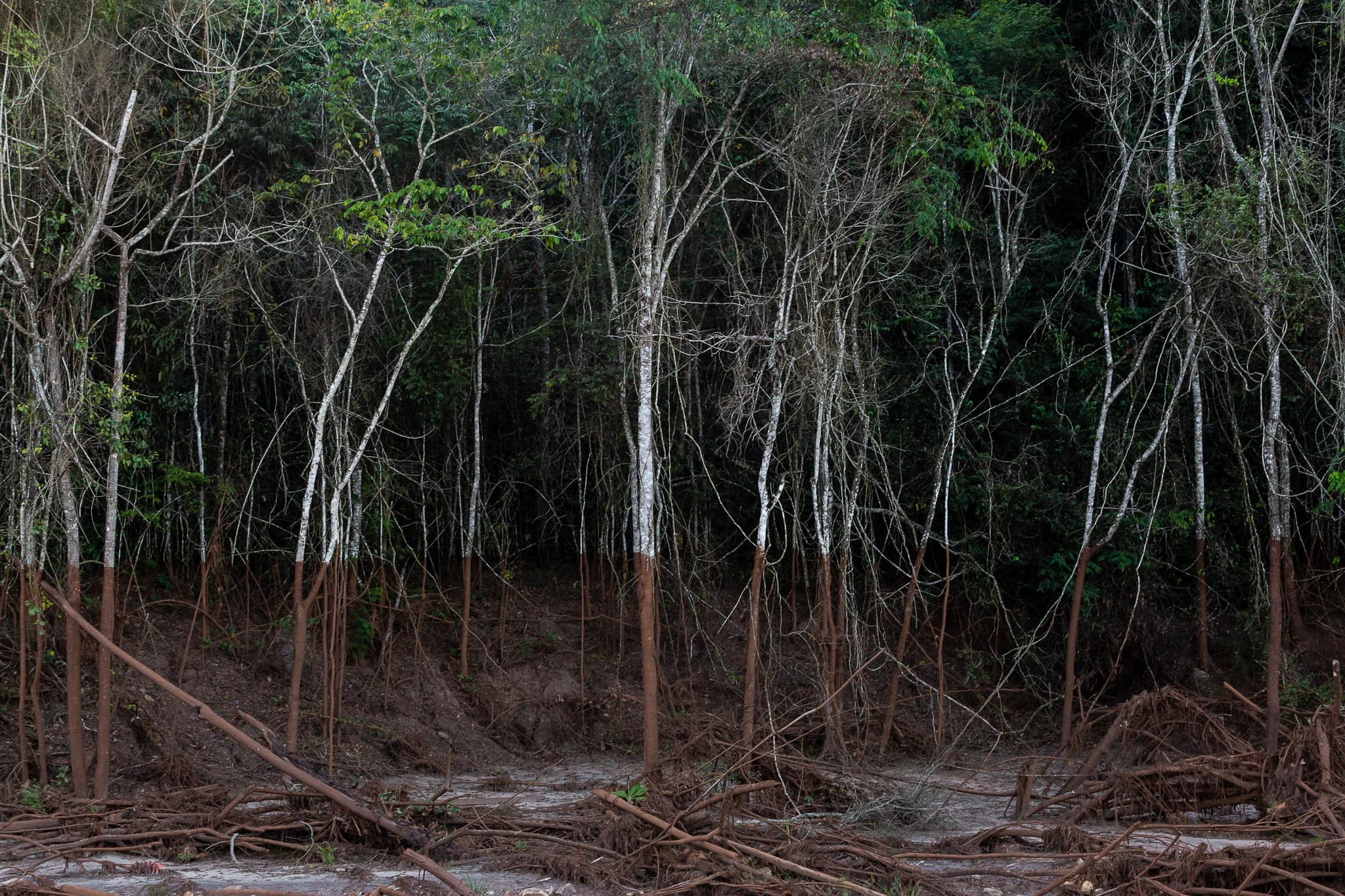
To call what had happened a “tragedy” was to minimize the problem. A catastrophe is a natural thing. But a dam is an open wound in the earth, what happened was foreseen because there is no way it could not happen due to the way dams are built. In some countries, the mining companies have more responsibility because the states demand more from them. There I understood the lack of government in Brazil, we do not have governments that represent the rights of the population.
There are three companies responsible for the environmental crime in Mariana, three main criminals: Vale, BHP Billiton, and Samarco, and they take care of the crime scene. That shocked me a lot, since day one the people who managed to save themselves were evacuated, and since then those who have been in charge have been the companies. Those who decide what is going to happen are the companies and every year it gets worse.
In referring to everything that happened, you have also talked about environmental racism, how does it work in this case?
It is a perception that has been taking shape over time. The big mining companies are installed in territories that historically have been inhabited by black, quilombola, indigenous, and traditional communities. Minas Gerais is still a very rural state, with a lot of water and mineral resources such as iron ore. Where there is iron ore there is a lot of water, they are there for each other, if you take away the ore, you take away the protection and damage the water sources. It is the same thing that happens with the communities, if you take them away, in a way you take away the protection of the land.
And they are precisely racialized populations. Until Mariana’s case happened, I did not know that there were indigenous communities in Minas Gerais, that is how strongly they were made invisible. Racism is a structural problem, that’s why things like this happen in these specific territories. And this goes through everything, including, for example, compensation, which is also differentiated.
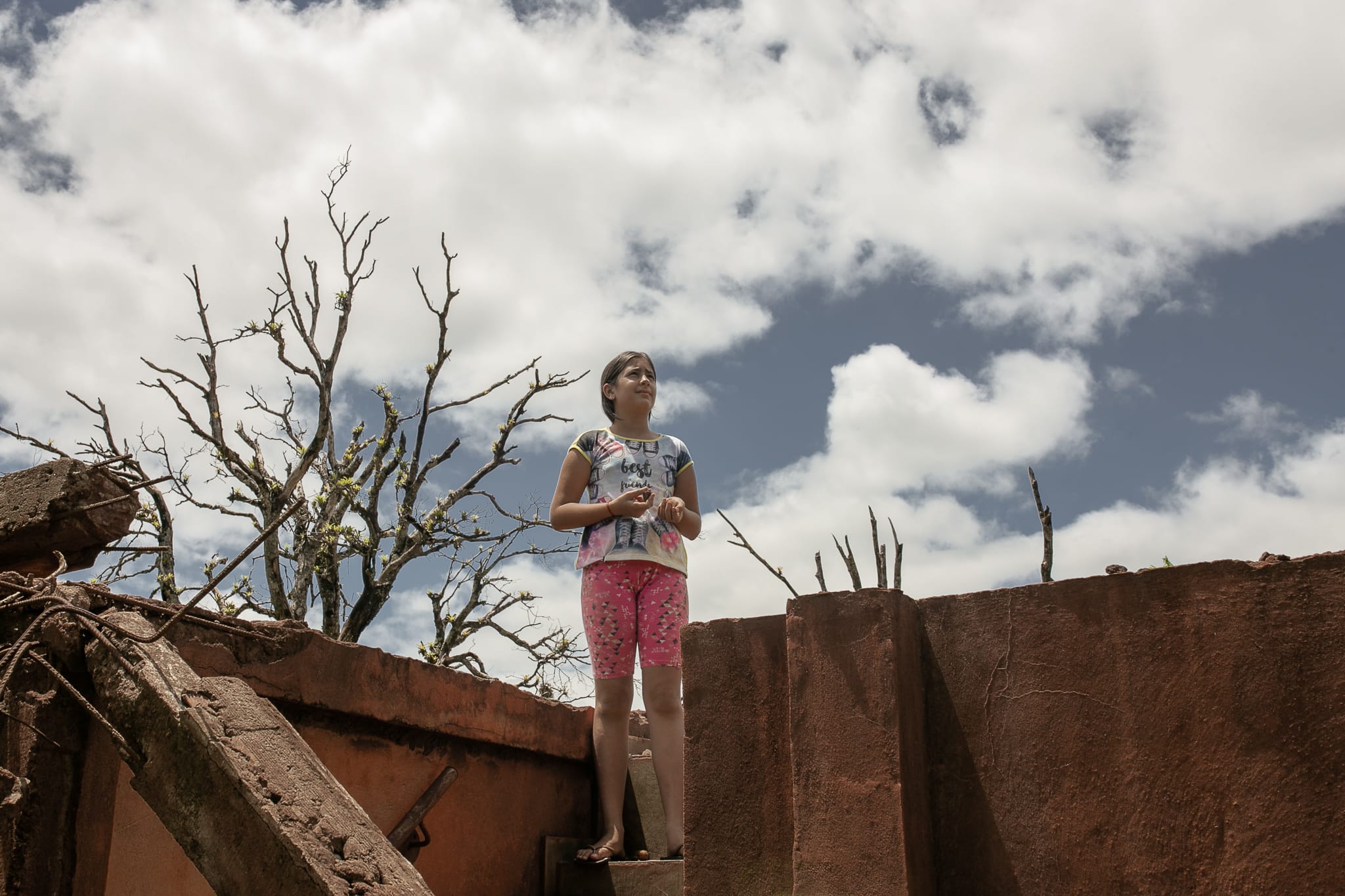
How was this whole road you traveled to get to the book 15:30?
At first, I had no pretensions of making the story into a book. Last year, when it was about to be five years since this crime, I felt very strongly that I needed to leave a record of this period of documentation. For me, those five years was an eternity, those were years of being involved day and night. In 2019 the Brumadinho dam broke. I cannot say that at that moment I was cooling off, because it is not possible after everything we lived through. But I was thinking about the need to take out something material with the identity of what happened, with the perspective of someone who lived close and was somehow affected. I did not lose my house or my things, but the city where I was born was one of those affected by the breakup. Faced with doubts as to whether or not I was affected, several leaders made me see my trajectory, the place in the world where I was, and the work I had done.
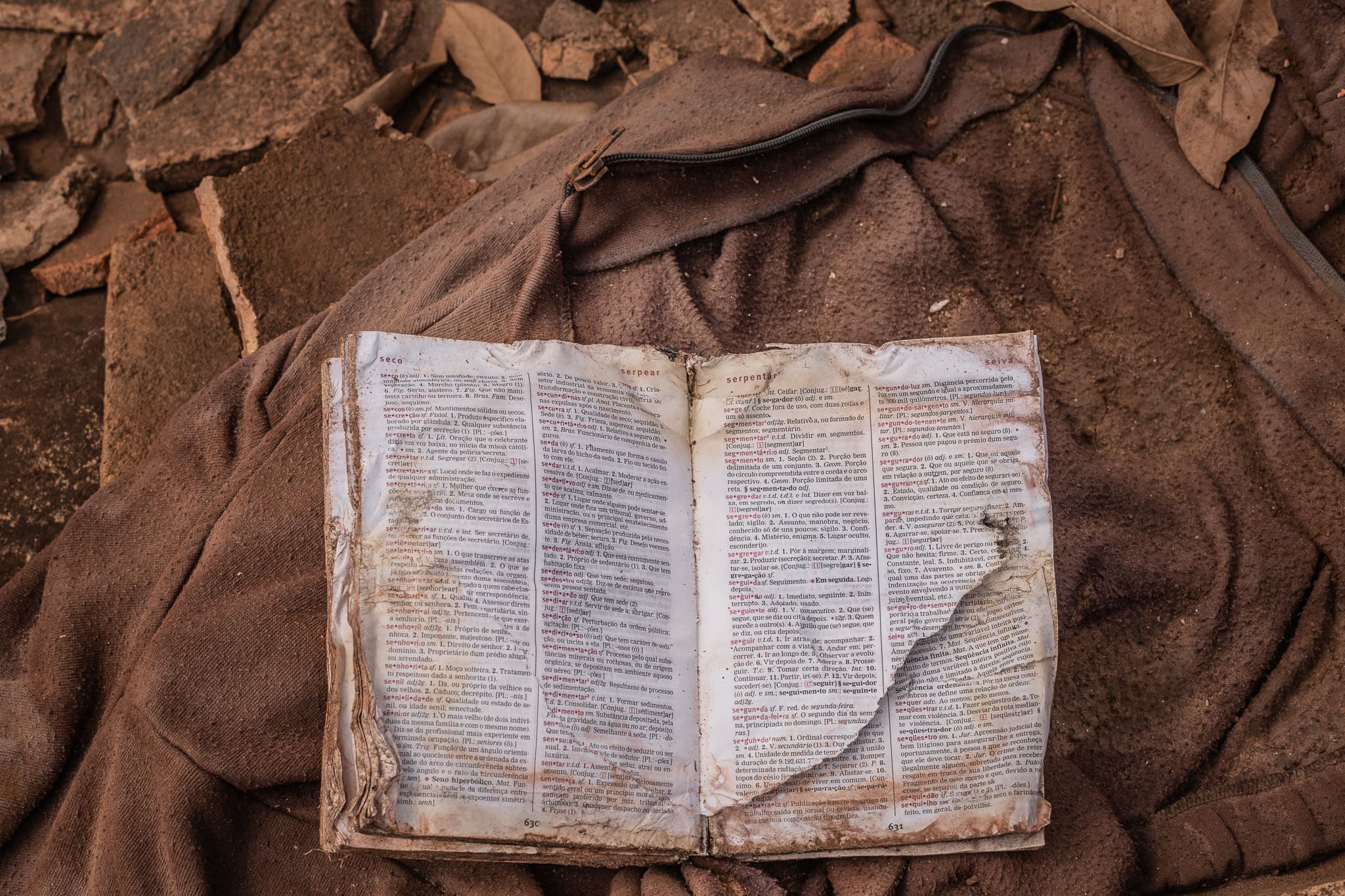
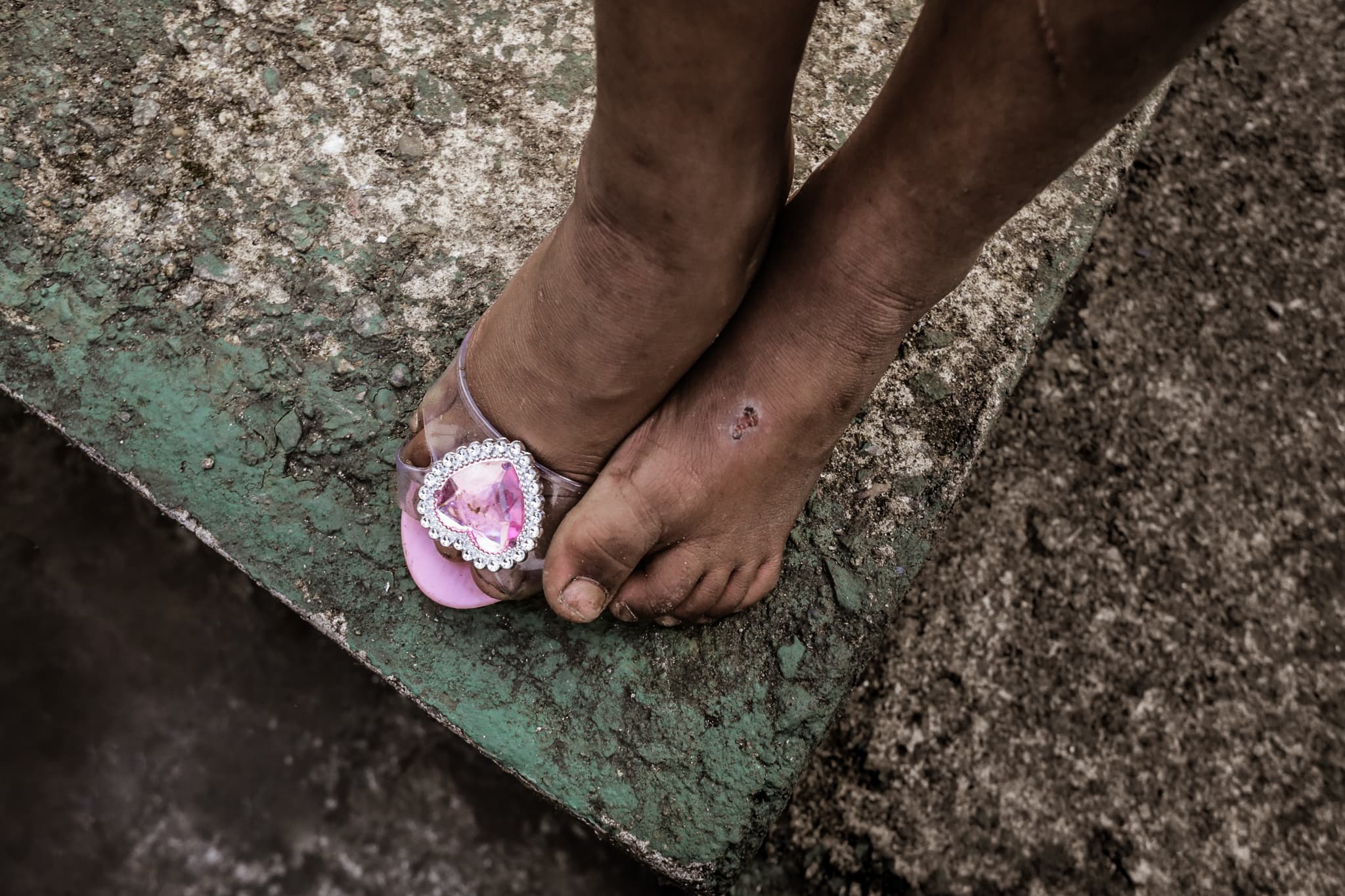
Ísis Medeiros
When you refer to what happened you also talk about the death of the Doce River. What is that like?
Many of the things I say about this work I say inspired by everything I hear and feel when I am in that place. I’m not a specialist, I don’t research the water or the fish to see the contamination. But I know that the river is polluted. I trust the research that is being done and the specialists involved. The Doce River at the moment is dead, surely there is life in it, but there are more all the lives expropriated: the fish are contaminated, the algae, the plants, the water is not fit for human consumption. The people who have lived there for a long time saw it alive, now they cannot interact with the river, they cannot fish. Maybe if you go and swim, nothing will happen to you, but you are not going to stay. But, what happened to the people who live there?


